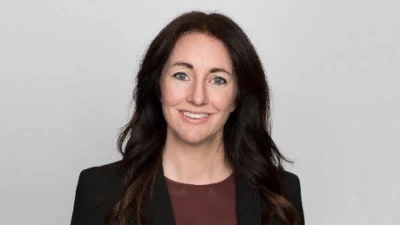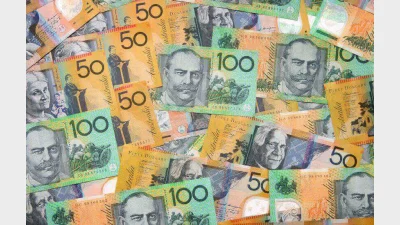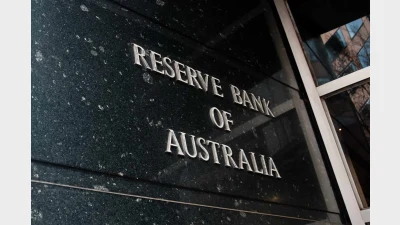Mercer warns on alternatives allocations
Many investors have sought exposure to alternative assets for the wrong reasons and have ended up paying a price, according to Mercer investment consulting expert Dragana Timotijevic.
She told a round table event this week that investors have recently experienced an alternatives bubble as they pursued alpha by seeking exposure to alternative asset classes such as hedge funds, many of which have not delivered performance in line with expectations.
“Now as the dust settles on the global financial crisis, investors need to rethink their approach to alternative portfolios to ensure they offer exposure to genuinely diversified sources of return,” Timotijevic said.
She said Mercer believes investors needed to increase their knowledge of the underlying risk premia of alternative asset classes.
“There needs to be a shift back to the basic reasons for making an allocation to alternatives and more research on each alternative asset class to fully understand their role within a portfolio,” Timotijevic said.
Timotijevic nominated a number of asset classes that Mercer believes are particularly attractive in the current, capital-scarce environment: private debt, aircraft leasing and insurance linked securities.
Recommended for you
Superannuation funds have posted another year of strong returns, but this time, the gains weren’t powered solely by Silicon Valley.
Australia’s $4.1 trillion superannuation system is doing more than funding retirements – it’s quietly fuelling the nation’s productivity, lifting GDP, and adding thousands to workers’ pay packets, according to new analysis from the Association of Superannuation Funds of Australia (ASFA).
Large superannuation accounts may need to find funds outside their accounts or take the extreme step of selling non-liquid assets under the proposed $3 million super tax legislation, according to new analysis from ANU.
Economists have been left scrambling to recalibrate after the Reserve Bank wrong-footed markets on Tuesday, holding the cash rate steady despite widespread expectations of a cut.









